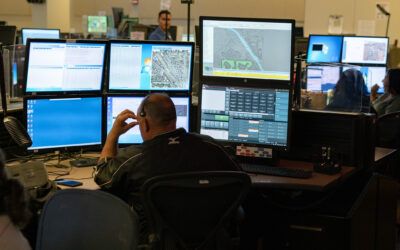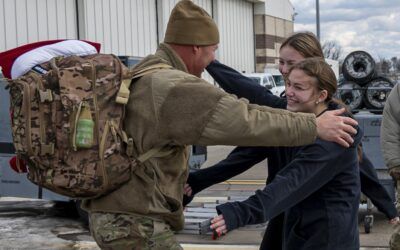EPISODE 15
Reconciling lethal force

A police officer on the east coast was fired for failing to shoot a suicidal person with a gun. We talk about applying critical thinking to discussions like this, because it’s important that we consider the arguments of both sides to such a debate. We’re going to talk about context in use of force, how lawsuits and litigation fit in to these sorts of discussions, and reconciling the fact that sometimes cops have to kill otherwise good people.
Original news incident that we cover
Like what we’re doing? Head over to Patreon and give us a buck for each new episode. You can also make a one-time contribution at GoFundMe.
Intro music credit Bensound.com
Additional episode details
Mader claimed that his USMC training taught him that a person had to illustrate hostile intent to use force, and felt that this person was not likely to use force against him. We are going to talk about how difficult it can be to assume whether or not someone is going to attack us. Mader won a settlement from the city and we are going to talk about how settlements can often be “won” without actually having a legal claim—simply because it makes more business and financial sense to avoid the legal battle.
Mike and Jim talk about having clueful friends who are willing to disagree with you, and how important it is to keep people like that in your circle to keep you honest and challenge your way of thinking. We are also going to talk about the use of force decision, related to whether or not we should shoot someone we don’t think is going to harm us.
One of the things that comes up in this talk was a conversation that Mike had with our friend. It has to do with the fact that sometimes, cops have to kill people. Mike and Jim are going to cover the useful part of Sheeps, Wolves, and Sheepdogs—because this analogy was a useful teaching tool at one point that has kind of evolved into a caricature of police officers and members of the armed forces. We have to make sure we keep that concept in context, and remember that what it really boils down to is helping people like us reconcile the use of deadly force. Sometimes, the people on the other end of police encounters aren’t necessarily bad people, but they make decisions that force us into a corner where we have no choice but to make those difficult decisions.
CLICK BELOW TO SUBSCRIBE NOW ON YOUR FAVORITE PLAYER
THANK YOU TO OUR SPONSORS! PLEASE GO CHECK THEM OUT
Recent Episodes
Times Jim Has Called 911
Jim tells Mike about some of the emergencies he has faced on the ground. We discuss when to call 911, what to tell them, and what first aid Jim applied as well as whether he got sued for helping someone. Did he thwart a murder plot in a hot air balloon? What exactly is degloving? Tune in and find out.
Balance: Pace Yourself, it’s a Marathon, not a Sprint
The boys talk us through how to achieve work-life balance in full commitment jobs like aviation, law enforcement, emergency medical services, and other critical roles.













0 Comments